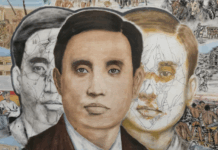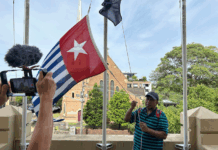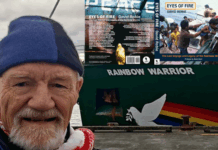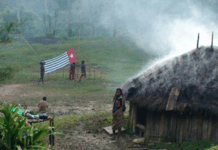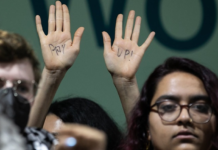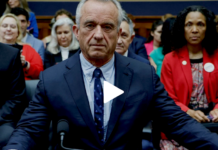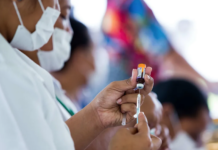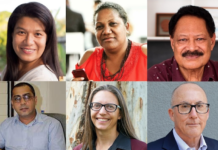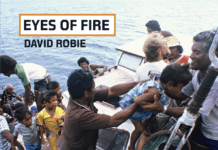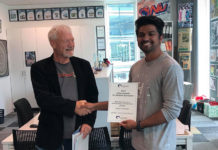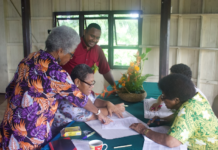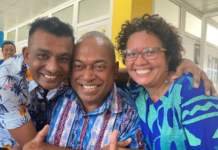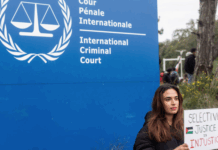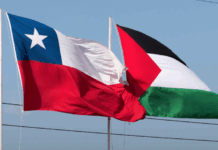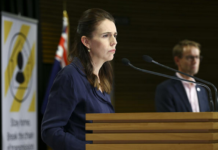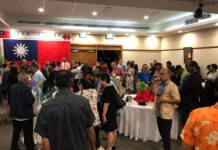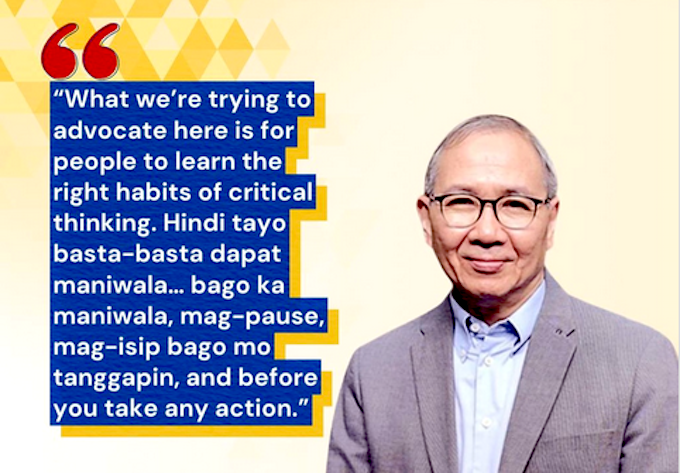
By Anthea Grape in Manila
Media and Information Literacy (MIL) is vital to nation-building. It empowers Filipinos to make informed decisions by fostering critical thinking, strengthening media awareness and encouraging responsible digital use.
This call was echoed last week when United Nations Educational, Scientific and Cultural Organisation (UNESCO) and MediaQuest’s THINKaMuna campaign representatives came together for a small but meaningful gathering.
The event underscored their shared commitment, with discussions centering on projects to push MIL forward in the Philippines.
“Most young people today turn to social media as their first source of news,” said UNESCO Jakarta director Maki Katsuno-Hayashikawa.
“With AI making it harder to tell what’s fake from what’s true, it’s even more important for all generations to think critically and share information responsibly.”
They are making this happen in several ways.
Explainer videos
The UNESCO-THINKaMuna partnership has rolled out three of six digital episodes so far — Cognitive Biases in July, Critical Thinking in August and Tech Addiction in September.
Each is short, visually appealing and easy to understand, perfect for audiences with short attention spans.
“Most MIL materials are very academic because they were made for schools,” shared MediaQuest corporate communications consultant Ramon Isberto.
“We want ours to be different — playful and something people can casually talk about in their neighbourhoods.”
This approach has brought the digital episodes closer to audiences, helping them reach nearly five million views.
“In the Philippines, MediaQuest is our first media partner piloting media literacy in different ways and integrating it,” added UNESCO Jakarta program specialist Ana Lomtadze.
“Our mission is really about reaching out in new, innovative ways and showing audiences how and why they should discern information and check their sources.”
Taking MIL to classrooms
While UNESCO provides guidance, Katsuno-Hayashikawa noted that implementation depends on local, on-the-ground initiatives.
THINKaMuna recognises this, which is why they are distributing 1000 MIL journals to schools across the country.
“A substantial percentage of grade school and high school students are not functional readers – they can read, but don’t fully understand what they’re reading,” explained Isberto.
To address this, the journals are filled with visuals to ensure the message comes across. Workshops for senior journalists and the MILCON 2025 are also in the works to complete the offline component of the collaboration.
“Society exists because we communicate and learn from each other,” Isberto said.
“Today, media and information literacy is our way of continuing that conversation.”
Anthea Grape is a Philippine Star reporter.


